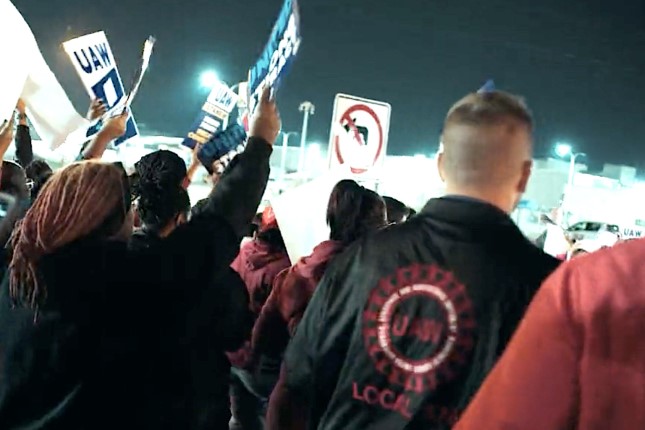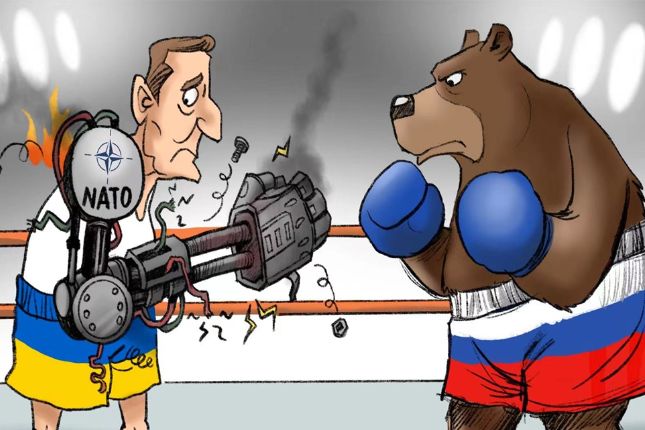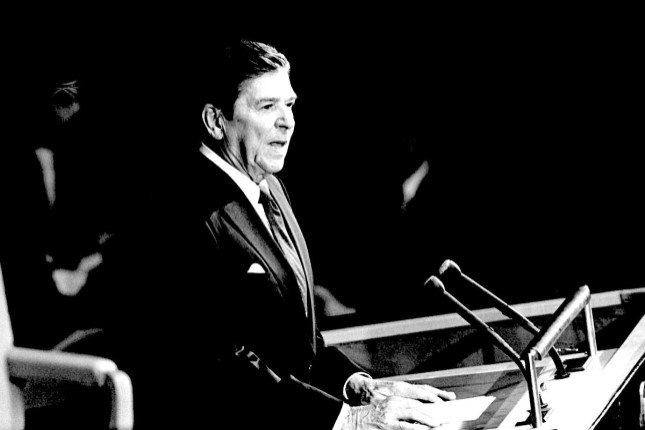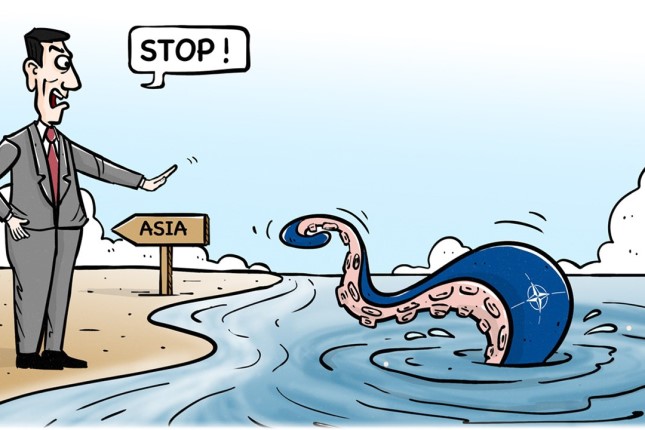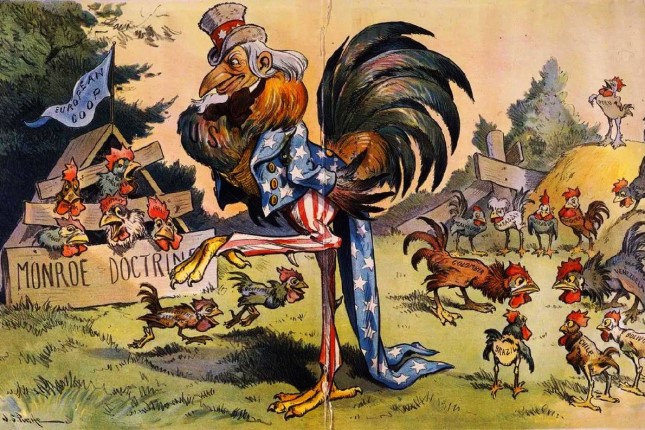Forty percent.
It’s a figure that United Auto Workers president Shawn Fain cited repeatedly in the run-up to the union’s historic strike against the Big Three U.S. car manufacturers as he called attention to the exorbitant compensation of the companies’ top executives.
Over the past four years, the CEOs of General Motors, Ford, and Stellantis have seen their total pay jump by 40 percent while the wages of the companies’ ordinary employees have risen by just 6 percent. The Economic Policy Institute observed earlier this week that autoworker wages across the U.S. have fallen by 19.3 percent since 2008.
Last year, the CEOs of the Big Three automakers received staggering pay packages, fueling workers’ ongoing push for better wages and benefits. Ford’s Jim Farley took home around $21 million, Stellantis’ Carlos Tavares pocketed nearly $25 million and General Motors’ Mary Barra — the highest-paid of the group—brought in roughly $29 million.

Carlos Tavares at the Chantilly Arts & Elegance in 2017. Photo: Y.Leclercq / Wikimedia Commons / CC BY-SA 4.0.
Barra has received more than $200 million in compensation since becoming GM’s CEO in 2014.
“We’ve went backwards in the last 16 years — backwards — while the CEOs gave themselves 40 percent pay increases in the last four years alone,” Fain said from a picket line in Michigan early Friday. “And they want to call us greedy.”
The contrast between CEO and worker pay at the large, profitable automakers is striking.
The shareholder advocacy nonprofit As You Sow, which tracks CEO-to-worker pay gaps at U.S. companies, noted Friday that Ford’s chief executive made 281 times as much as the company’s median worker last year.
The gap was even larger at General Motors, where Barra was paid 362 times more than the automaker’s median employee in 2022.
In a CNN interview on Friday, Barra insisted it is fair that General Motors is only offering its workers a 20 percent pay increase over the course of a four-year contract after she got a 34 percent compensation boost over the past four years.
Rosanna Landis Weaver, director of wage justice and executive compensation at As You Sow, said in a statement Friday that “as a consequence of out-of-control executive compensation, shareholders are now faced with striking workers at a critical juncture as these companies transition to EV production.”
“UAW members see the CEO pay disparity as a measurement of how they are undervalued,” said Weaver. “Skyrocketing CEO pay is linked to worker dissatisfaction and lower profits, making excessive pay a distinct material risk that shareholders must take seriously.”
Progressive lawmakers who have expressed solidarity with the UAW’s fight for a fair contract have also condemned runaway executive compensation and declining worker wages.
“The Big Three auto companies have already raked in $20 billion in profits this year. Their CEOs make millions. They can afford to pay their employees a living wage,” Rep. Jamaal Bowman (D-N.Y.) wrote on social media Friday. “I’m standing with UAW as they start their strike. We got you!”
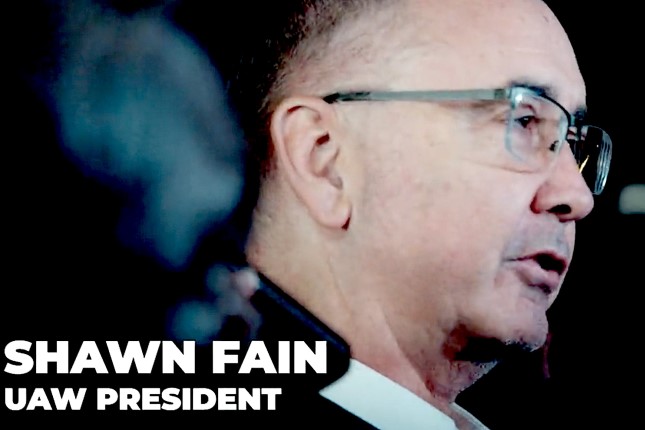
Fain early on Friday at a Ford plant in Wayne, Michingan. Photo: UAW / Twitter.
In an appearance on MSNBC Thursday night, Sen. Bernie Sanders (I-VT) noted that “over the last 20 years, real wages for automobile workers have gone down by 30 percent when you account for inflation” as CEO pay has risen.
“I really applaud the courage of Shawn Fain and the workers at the UAW for standing up and saying: ‘You know what? Enough is enough,'” Sanders added. “No one thinks that three people on top should own more wealth than the bottom half of American society. That CEOs are making 400 times more than their workers — that’s not what this country is supposed to be about. That’s what the UAW is telling the American people, and I think there’s massive support for what they’re trying to do.”
According to the Economic Policy Institute, CEO compensation at the top publicly traded companies in the U.S. grew by 1,460 percent between 1978 and 2021 while typical worker pay grew by just 18.1 percent.
Robert Reich, the former U.S. labor secretary, argued in a blog post Thursday that the combination of “humongous executive pay packages,” massive automaker profits, low wages for hourly employees, and tiered pay systems that harm newer workers have increased “the likelihood of a long strike.”
“CEO pay at the Big Three is out of sight,” Reich noted. “Overall, CEO pay rose 40 percent over the last four years. And that’s not counting all the other executive salaries under the CEOs that have been ratcheted upward as CEO pay has gone through the roof.”
Main photo: Strikers and supporters in the early hours Friday at a Ford plant in Wayne, Michingan © UAW / Twitter.
Source: Consortium News.
